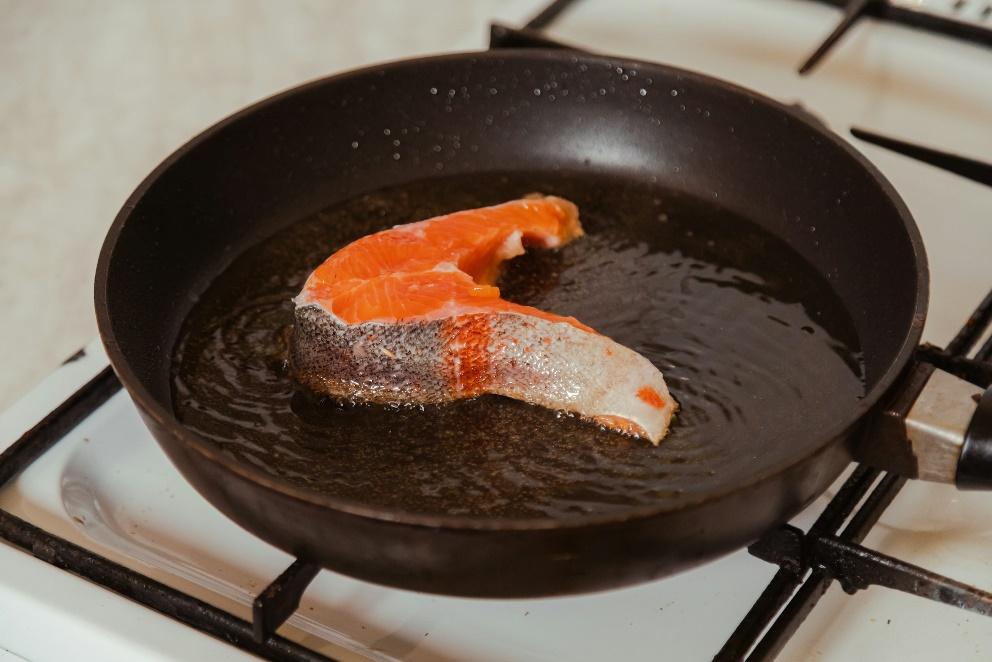Coastal cuisine, shaped by the rhythm of tides and the bounty of the sea, has long captivated palates with its fresh, vibrant, and health-conscious offerings. As globalization brought distant cultures closer, the essence of coastal cooking found its way from seaside towns into suburban kitchens and urban apartments. Today, modern home cooks—whether landlocked or near the shore—find themselves increasingly drawn to the culinary principles rooted in coastal traditions. This growing fascination is not merely about seafood; it’s about freshness, simplicity, balance, and an intuitive connection to nature’s cycles.
Influenced by centuries of coastal living, many contemporary meals now reflect a lighter, more ingredient-focused approach. These dishes often emphasize seasonal produce, minimal processing, and gentle cooking methods. The appeal lies in the vibrant flavors and nutritional benefits, but also in the adaptability of coastal techniques and recipes. As more households adopt these practices, the lines between traditional coastal food and modern home cooking continue to blur.
Celebrating Simplicity: The Rise of Seafood-Centric Home Meals
One of the most significant ways coastal cuisine has shaped home kitchens is through the prominence of seafood, particularly species that offer both nutritional value and culinary versatility. Among these, sockeye salmon stands out for its vibrant color, rich flavor, and lean protein profile. This fish, known for its distinct deep-red flesh and robust texture, has become a staple in kitchens far removed from the sea.
Home cooks are no longer daunted by the idea of preparing fish, thanks in part to the accessibility of clear, concise recipes that demystify the process. A perfect example of this shift is the popular baked sockeye salmon recipe, which offers a straightforward and flavorful method for showcasing the fish’s natural qualities. The simplicity of ingredients—typically involving olive oil, lemon, garlic, and herbs—reflects coastal cooking’s focus on enhancing, rather than overpowering, the primary element. This approach encourages home cooks to experiment with seafood in ways that are healthful, fast, and deeply satisfying.
By embracing such recipes, modern households tap into the philosophy that less is often more. Cooking fish at home has transitioned from a daunting task into a celebratory, approachable experience—one that aligns with the values of time efficiency, nutritional awareness, and clean eating. As this trend grows, sockeye salmon and other coastal ingredients continue to make their mark on everyday meals.
Fresh Ingredients and Seasonal Mindsets
A core characteristic of coastal cuisine is its deep reliance on seasonal and local ingredients. Historically, coastal communities developed dishes based on what the sea and land offered at any given moment. This resulted in meals that were inherently fresh, diverse, and sustainable. In today’s home kitchens, this mindset translates into a greater appreciation for seasonal vegetables, herbs, and fruits, often paired with lean proteins or plant-based alternatives.
Rather than rigid meal planning, home cooks are adopting flexible cooking habits—selecting ingredients that are in season and letting freshness guide their choices. Farmer’s markets, subscription produce boxes, and even home gardens are becoming key sources for these ingredients, echoing the traditional coastal approach of harvesting what’s available and building meals around it.
This season-driven mindset encourages creativity and a deeper understanding of ingredients. When flavor is dictated by natural ripeness and quality, less seasoning is needed. Meals become lighter, more nutrient-rich, and beautifully simple. In this way, coastal influence helps reshape the domestic kitchen into a more spontaneous, intuitive space that values quality over quantity.
Low-Heat Cooking Techniques and Gentle Preparations
Another hallmark of coastal cuisine is its preference for gentle cooking techniques—grilling, poaching, steaming, or baking—designed to preserve the integrity of delicate ingredients. These methods not only enhance flavor but also retain nutritional value, making them ideal for health-conscious modern households.
In contrast to heavily spiced or deep-fried preparations, coastal cooking leans toward subtlety. This emphasis has led to a resurgence in techniques like en papillote (baking in parchment), slow-roasting, and pan-searing. These methods require minimal oil and preparation time, aligning with busy lifestyles while delivering satisfying meals.
Incorporation of Global Coastal Flavors
As coastal cuisines from around the world reach broader audiences, their unique flavor profiles are being integrated into daily cooking. Whether it’s the citrus-forward brightness of certain dishes, the herbal complexity, or the occasional spicy kick, these elements are gradually reshaping pantry staples and meal planning.
Home cooks are now more adventurous, incorporating ingredients like lemongrass, coconut milk, fresh ginger, seaweed, and tamari. These additions provide depth while staying true to the principles of coastal cooking: freshness, contrast, and minimal processing. A once-unfamiliar ingredient can become a household favorite when paired with a familiar protein or vegetable, allowing for a smooth blend of the traditional and the experimental.
This cultural diffusion has also inspired fusion dishes that bridge coastal techniques with local ingredients. The result is a vibrant culinary landscape where a seared fish fillet might be served alongside a tangy herb salad and a drizzle of citrus-soy reduction.
The Shift Toward Sustainability in Home Cooking
The sustainable ethos of coastal communities—built around respect for the environment and reliance on renewable resources—has found resonance in modern households. As concerns over overfishing, waste, and food miles become more prevalent, home cooks are reevaluating their choices.
More people are turning to sustainably sourced seafood, recyclable packaging, and zero-waste cooking techniques. Fish offcuts are repurposed into broths, vegetable scraps into stocks, and leftovers into next-day meals. Composting, bulk-buying, and reusable containers have become commonplace. These practices mirror the resourcefulness of coastal dwellers who made full use of every catch and crop.
Redefining Family Meals and Social Dining
Beyond ingredients and techniques, coastal cuisine has subtly transformed the way families and friends gather around food. In coastal regions, meals are often informal, shared communally, and designed for leisurely enjoyment. This social dimension is increasingly embraced in modern homes, where mealtime is being reclaimed from the rush of daily life.
Family-style servings, shared platters, and DIY meal stations reflect this relaxed ethos. There’s a growing preference for dishes that can be prepared in batches and enjoyed together, rather than individualized plates. This approach fosters connection and makes cooking feel less like a chore and more like a collaborative act of nourishment.
Home cooking today is more than a return to tradition—it is a conscious embrace of values that prioritize wellness, sustainability, simplicity, and togetherness. Coastal cuisine, with its humble beginnings and universal appeal, has quietly but profoundly reshaped how households cook, eat, and connect around food.

